Tiago A. E. Ferreira
A New Artificial Neuron Proposal with Trainable Simultaneous Local and Global Activation Function
Jan 15, 2021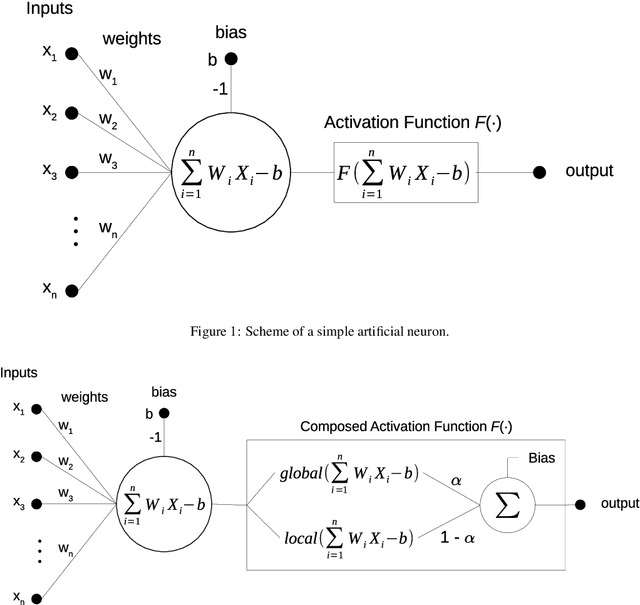
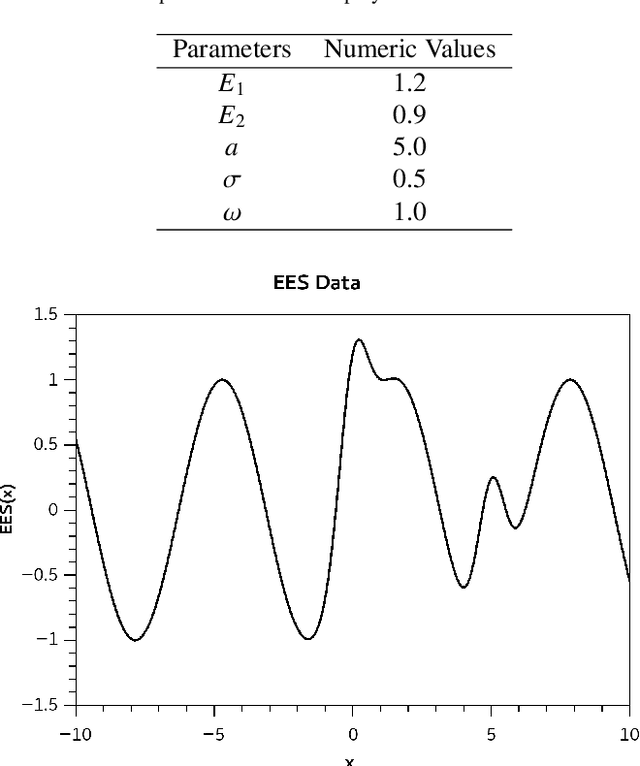
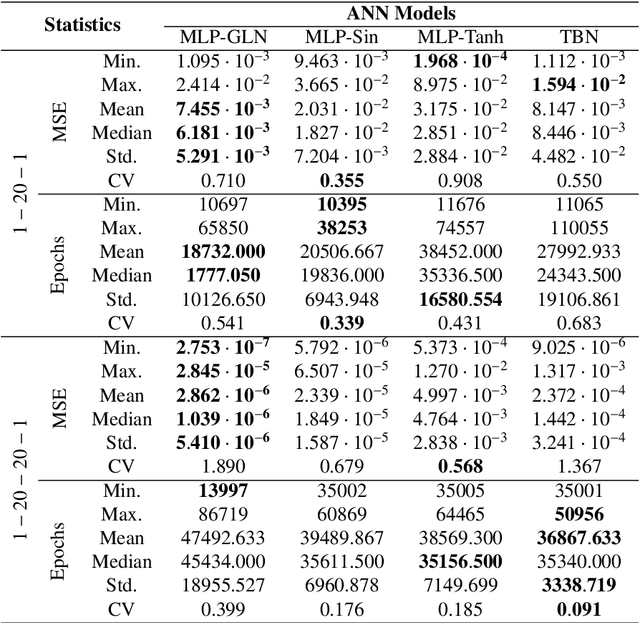
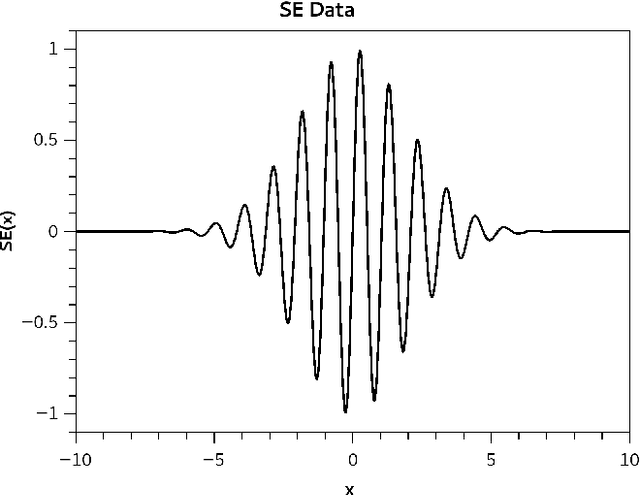
Abstract:The activation function plays a fundamental role in the artificial neural network learning process. However, there is no obvious choice or procedure to determine the best activation function, which depends on the problem. This study proposes a new artificial neuron, named global-local neuron, with a trainable activation function composed of two components, a global and a local. The global component term used here is relative to a mathematical function to describe a general feature present in all problem domain. The local component is a function that can represent a localized behavior, like a transient or a perturbation. This new neuron can define the importance of each activation function component in the learning phase. Depending on the problem, it results in a purely global, or purely local, or a mixed global and local activation function after the training phase. Here, the trigonometric sine function was employed for the global component and the hyperbolic tangent for the local component. The proposed neuron was tested for problems where the target was a purely global function, or purely local function, or a composition of two global and local functions. Two classes of test problems were investigated, regression problems and differential equations solving. The experimental tests demonstrated the Global-Local Neuron network's superior performance, compared with simple neural networks with sine or hyperbolic tangent activation function, and with a hybrid network that combines these two simple neural networks.
Gravitational Wave Detection and Information Extraction via Neural Networks
Mar 22, 2020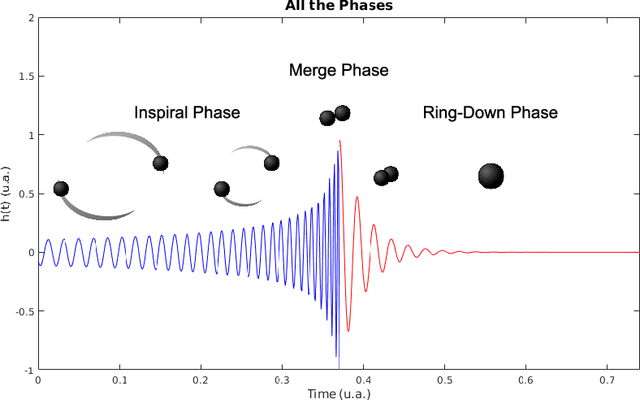
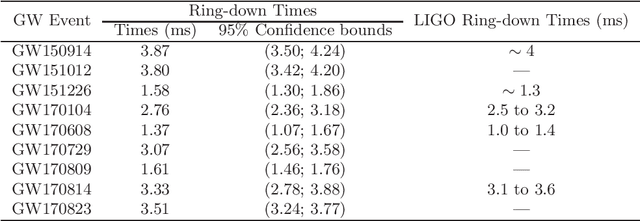
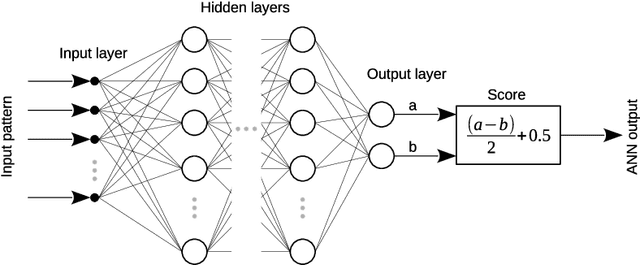
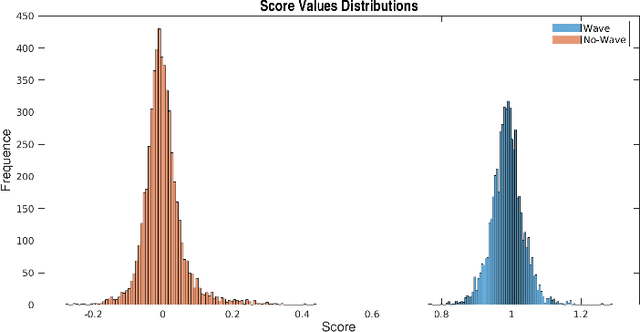
Abstract:Laser Interferometer Gravitational-Wave Observatory (LIGO) was the first laboratory to measure the gravitational waves. It was needed an exceptional experimental design to measure distance changes much less than a radius of a proton. In the same way, the data analyses to confirm and extract information is a tremendously hard task. Here, it is shown a computational procedure base on artificial neural networks to detect a gravitation wave event and extract the knowledge of its ring-down time from the LIGO data. With this proposal, it is possible to make a probabilistic thermometer for gravitational wave detection and obtain physical information about the astronomical body system that created the phenomenon. Here, the ring-down time is determined with a direct data measure, without the need to use numerical relativity techniques and high computational power.
Wine quality rapid detection using a compact electronic nose system: application focused on spoilage thresholds by acetic acid
Jan 16, 2020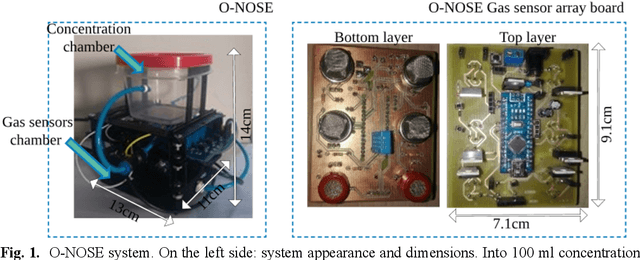
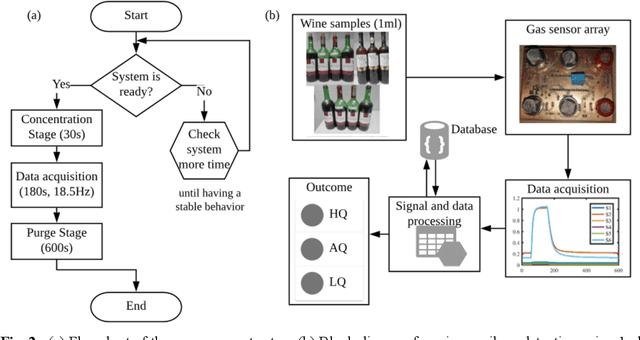

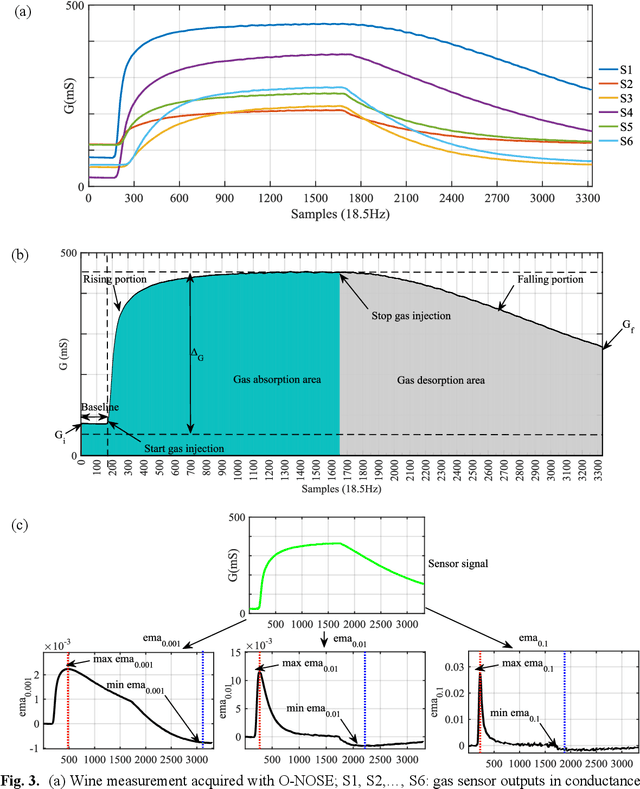
Abstract:It is crucial for the wine industry to have methods like electronic nose systems (E-Noses) for real-time monitoring thresholds of acetic acid in wines, preventing its spoilage or determining its quality. In this paper, we prove that the portable and compact self-developed E-Nose, based on thin film semiconductor (SnO2) sensors and trained with an approach that uses deep Multilayer Perceptron (MLP) neural network, can perform early detection of wine spoilage thresholds in routine tasks of wine quality control. To obtain rapid and online detection, we propose a method of rising-window focused on raw data processing to find an early portion of the sensor signals with the best recognition performance. Our approach was compared with the conventional approach employed in E-Noses for gas recognition that involves feature extraction and selection techniques for preprocessing data, succeeded by a Support Vector Machine (SVM) classifier. The results evidence that is possible to classify three wine spoilage levels in 2.7 seconds after the gas injection point, implying in a methodology 63 times faster than the results obtained with the conventional approach in our experimental setup.
 Add to Chrome
Add to Chrome Add to Firefox
Add to Firefox Add to Edge
Add to Edge